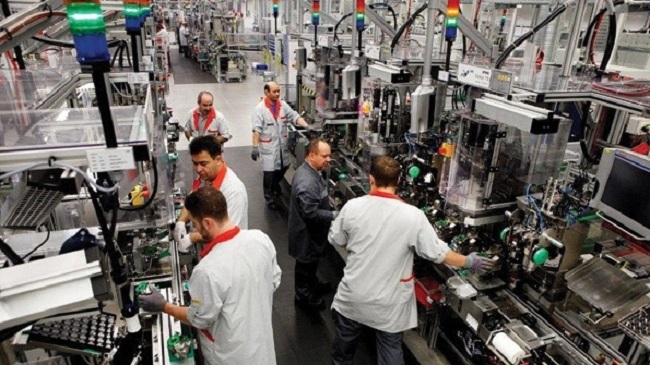
During the initial onset of globalization, U.S.-based manufacturers flocked by the hundreds to take advantage of the lower cost of doing business in developing nations such as China and India. A few decades later this trend is beginning to reverse: U.S. manufacturers are moving back on-shore.
An investigative report conducted by KPMG , one of the Big Four accounting firms, indicates that a combination of innovative technology and rising foreign energy costs is directly responsible for the shift of manufacturing from low-cost countries to North America. ”Shrinking lead times in developing and manufacturing new products will also encourage more on-shore manufacturing,” states the report’s authors, Laurent Giguère and Don Matthew.
The report notes that 31% of U.S. manufacturers planned to source from China in 2013, but only 14% in 2014. Similarly, 12% of U.S. manufacturers planned to source from India in 2013 whereas only 3% in 2014. These figures should come as no surprise when taking into account the Federal Reserve Board’s historical data on industrial production and capacity utilization measurements; industrial production remains at an all-time high and will continue to thrive.
To determine how to make the U.S. a more appealing location for manufacturers, the MIT Production in the Innovation Economy Commission set out to discover what companies seek when choosing a location for their factories and what challenges they face in “bringing new ideas to the market.” The group asked hundreds of U.S.-based multinationals, small-to-medium-sized manufacturers, foreign companies, and start-ups how they attain the right funding, the right supply chain, the right partnerships, and the right work force to move concepts from the drawing board to the final assembly line.
According to Professor Donald Rosenfield, who led the MIT research, the companies interviewed require the following five criteria when selecting a manufacturing location:
1. They want a manufacturing site located in close proximity to developers and suppliers to reduce the development time from design to production.
2. They want to be near technology development in order to take advantage of process innovations.
3. They desire a close proximity to their consumers.
4. They want a place with low transportation costs between suppliers and markets,
5. They want a location with reduced production costs, meaning, inexpensive labor.
Surprisingly, the United States excels at most these criteria. For example, New Balance, the Boston-based sneaker manufacturer, assembles a quarter of its footwear within five American factories. This positions the company close to its market and allows it to replenish its inventory quickly, a valuable trait when dealing with products that require significant inventory support. Furthermore, the company has direct access to U.S.-based innovative manufacturing techniques, such as 3D printing.
Another example of leveraging U.S. technological innovation for manufacturing and R&D can be observed in Intel . 75% of the semiconductor circuit maker’s capital investments are based in the United States, and as a result, 75% of its wafer chips are manufactured here as well. On a smaller scale, quick-turn, low-volume assemblers based in the United States can help design engineers and inventors roll out prototypes in as little as five days. Being situated in the U.S. grants companies like Advanced Assembly direct access to their target audience and allows their customers to have a finished product in an incredibly short amount of time.
On-shoring has its advantages for industries dependent on high-tech innovation and quick turn-times, but for low-tech products such as clothing apparel, offshoring is still a compelling, viable option. Nonetheless it is predicted that as the U.S. economy continues to rebound, domestic manufacturing will see respective growth as well.
Advertisement
Learn more about Advanced Assembly





